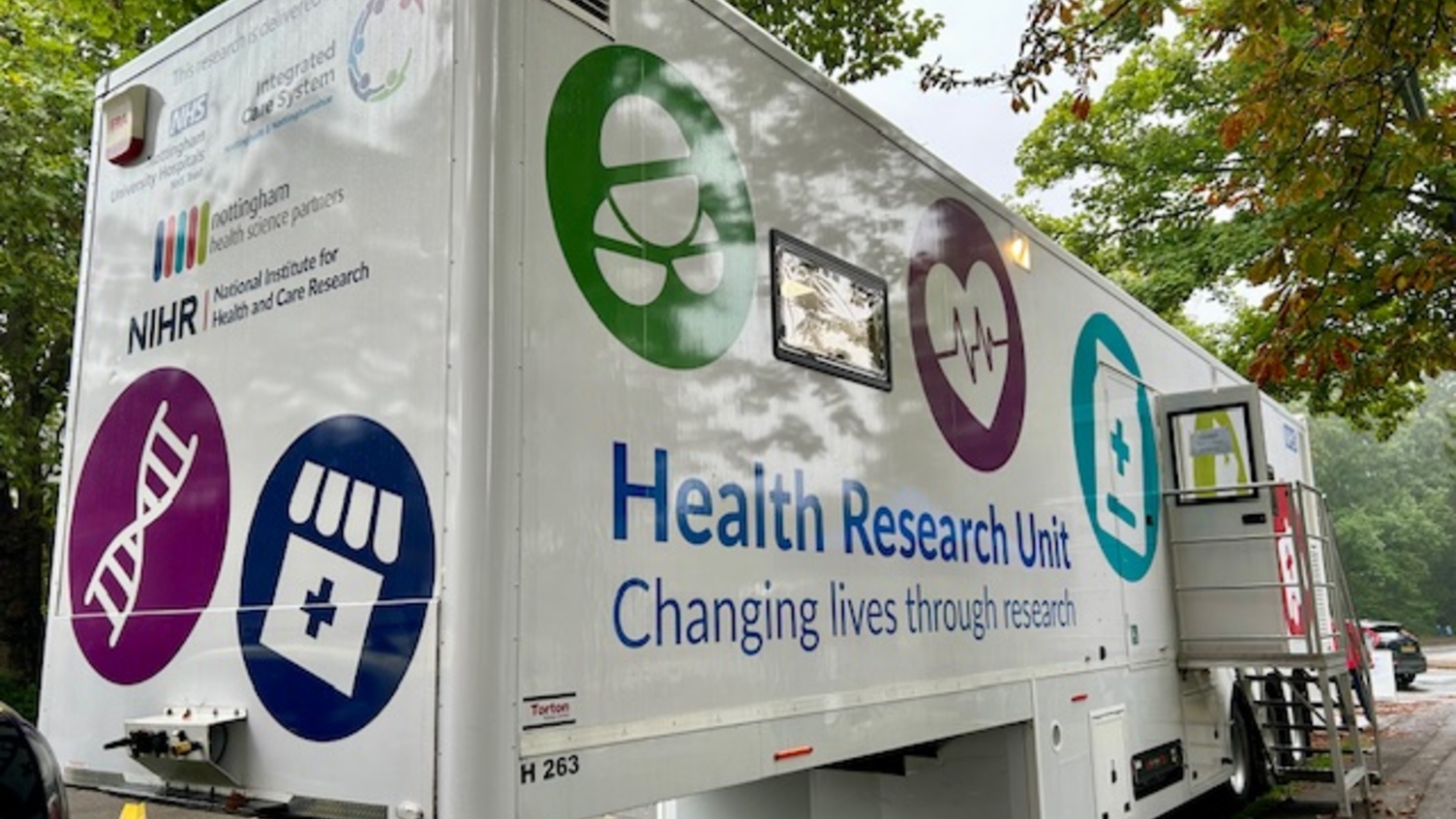Ballet dancing improves Parkinson’s symptoms, new research suggests
- 07 May 2024
- 4 min read
Preliminary results show a positive effect of dancing on non-motor symptoms of Parkinson’s.
Ballet dancing can improve the symptoms of Parkinson's disease, new research supported by the National Institute for Health and Care Research (NIHR) suggests.
The PD-Ballet study looked at the effectiveness of ballet dancing in improving the symptoms of Parkinson's disease. Preliminary results show a positive effect of dancing on non-motor symptoms in people with Parkinson's. These results were presented at the International Congress of Parkinson's Disease and Movement Disorders in Copenhagen and Lund in August last year.
Parkinson's disease is a progressive condition in which parts of the brain become progressively damaged over many years and its prevalence is expected to double by 2040. The main symptoms of Parkinson's disease are involuntary shaking of particular parts of the body, slow movement, sleep problems, pain and memory difficulties.
About the study
The PD-Ballet study looked at the effects of group ballet exercises on both motor and non-motor symptoms and quality of life of people with Parkinson's. Participants were randomly allocated to have either dance sessions or standard clinical care.
Aleksandra Podlewska, PhD Research Fellow in Clinical Neuroscience at the Institute of Psychiatry, Psychology and Neuroscience, King's College London, and Clinical Research Coordinator at King's College Hospital NHS Foundation Trust is the main researcher for PD-Ballet working under the supervision of Professor K Ray Chaudhuri, the Principal Investigator at the King's Parkinson's Foundation Centre of Excellence in Parkinson's Disease. He says:
"PD-Ballet is the first adequately powered and robustly designed clinical trial to explore the effects of dance with a specific focus on the stages of Parkinson's.
"The sessions were delivered by English National Ballet (ENB) artists at the ENB School of Dance in Canning Town, in east London. The programmes were in line with what was currently performed on stage at ENB. Participants, who were referred to as dancers, had a performance session at the end where they could invite their family members. They had their dance sessions once a week with a social tea and biscuits get-together at the end of each one. Our participants said that they felt like they were part of the company and dancing community."
The PD-Ballet project is part of Shaper, a Wellcome-funded programme assessing the effectiveness and implementation of 3 arts-in-health interventions. Clinical Research Network South London supported the study by part-funding the study staff and helping to advertise the study across London.
Physical activity in Parkinson's
Dance has multiple benefits for Parkinson's, in terms of physical health, body weight, muscle mass and balance. Non-motor symptoms, such as pain, sleep and mood, have been demonstrated to improve with dance. Yet, Parkinson's affects everyone differently and can present with a whole array of symptoms which may sometimes be difficult to address. In some people, it leads to dementia. Aleksandra says:
"With conditions like Parkinson's, we currently don't have any pharmacological interventions to stop the progression. What we do know, however, and that's where it gets really exciting, is that Parkinson's progresses slower in people who do any type of exercise. And people who exercise more throughout their lifetime are less likely to develop Parkinson's."
Preliminary results
The study's primary objective was to learn whether dancing led to significant improvement in the non-motor symptoms of Parkinson's. Preliminary results show a strong positive effect of dance intervention on the non-motor symptoms in people with Parkinson's. Prof Ray Chaudhuri says:
"Improvements in specific areas seem to be more pronounced for early Parkinson's. In both the early and advanced groups, mood and pain seem to improve. These are encouraging results because symptoms like pain are difficult to target in Parkinson's."
Reaching a diverse population
The PD-Ballet study took active steps to reach out to diverse communities. It used an adapted King's Model, which is a new approach to research study recruitment. It includes a set of internal and external actions which can help to increase the participation of people from ethnic minority backgrounds in research. Aleksandra says:
"We made sure to speak with study participants about what they felt were the biggest barriers to research participation and how these could be addressed. One of the main steps was for us to find patient champions, who were incredibly helpful in reaching populations we would otherwise have difficulties reaching. Another step was to address any concerns that patients may have. We had the dancers and the ENB representatives available to have chats with potential participants to make sure that they know what the sessions would involve."
As a result, the study achieved 20% recruitment from diverse backgrounds which is a positive result for neurodegenerative research and double that of a recent dementia clinical trial.
Next steps
The next step for the study team will be to prepare a manuscript for publication in a peer-reviewed journal. While the main question has been answered, there is additional evidence to explore.
The PD-ballet study also looked at implementation and included a health economics assessment, which will produce evidence on the cost effectiveness of dance for Parkinson's. Aleksandra says:
"The project encompasses everything you need as a package to present to the NHS commissioners. We will look at the data on cost-effectiveness and implementation, as well as the evidence on the effectiveness of the programme in improving the symptoms of Parkinson's, which can then be presented in support of making this a part of social prescribing."
To find out about dementia studies, news and opinion pieces, visit the Join Dementia Research website.


